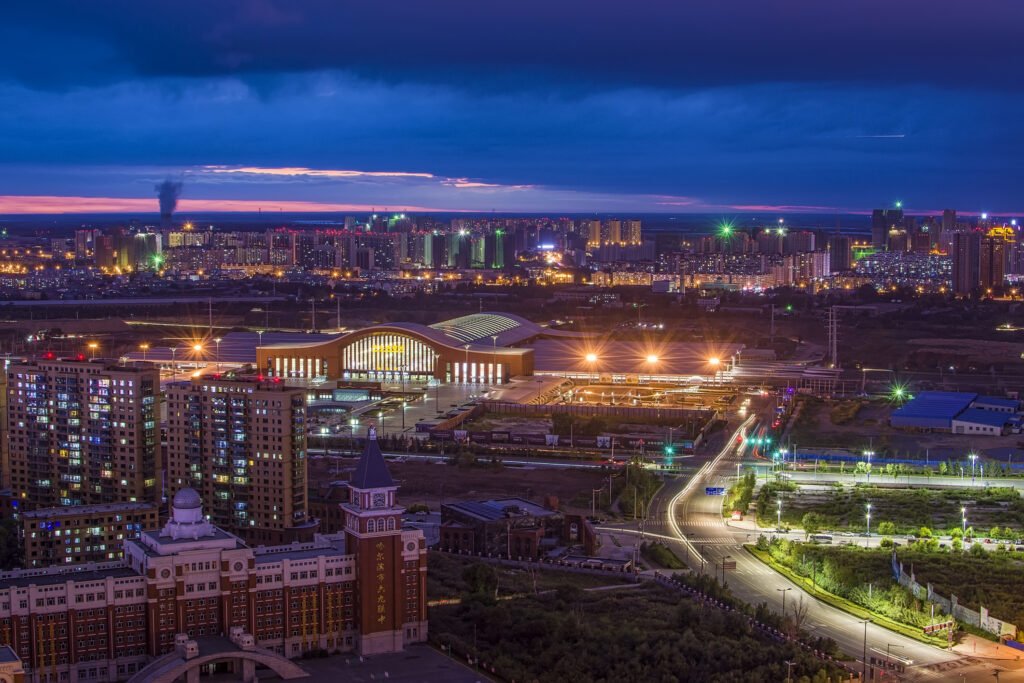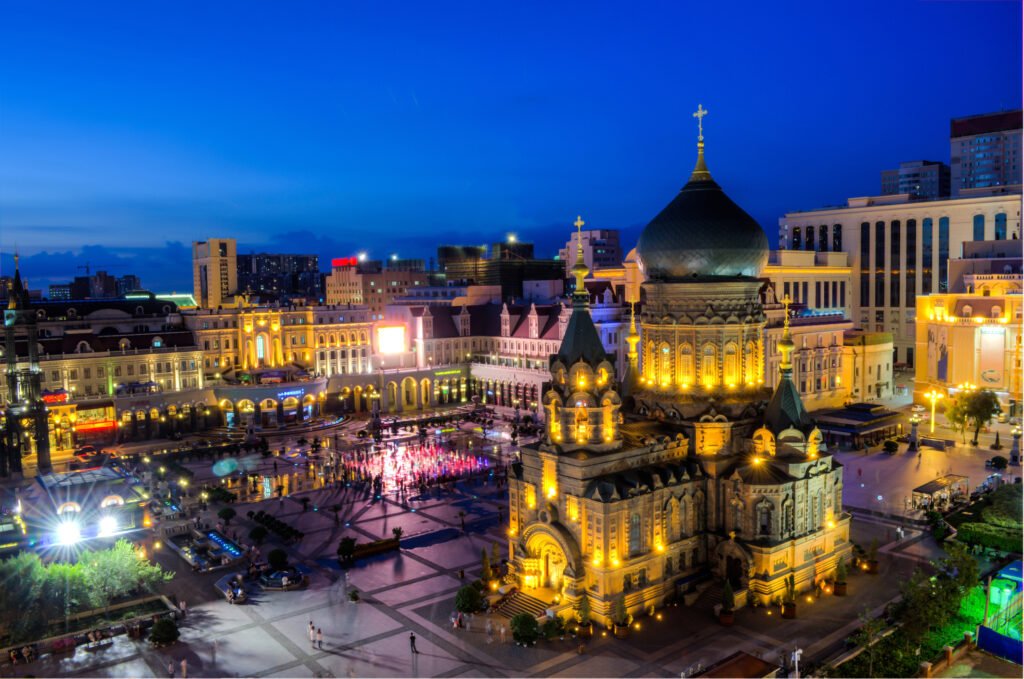
Harbin, the capital of Heilongjiang Province in northeastern China, is a city that often conjures images of snow-covered landscapes, stunning ice sculptures, and a rich Russian heritage. However, beyond its visual appeal, Harbin boasts a unique culinary landscape that’s both hearty and diverse, reflecting its climate, history, and blend of Chinese and Russian influences. While often overlooked in favor of China’s more famous gastronomic hubs, Harbin offers a truly authentic and unforgettable food experience. Let’s explore why Harbin deserves its place among China’s best culinary locations, delve into its fascinating history, and uncover the gastronomic adventures awaiting food enthusiasts in this captivating city.
Why Harbin Deserves Recognition as a Culinary Destination
- Fusion Cuisine Unlike Any Other: The blending of Chinese and Russian influences has produced a unique food culture that cannot be found anywhere else.
- Fresh Local Ingredients. Abundant in local area due to rich fertile soil.
- Winter Food: The region is particularly known for hearty and filling dishes that will keep you warm in its frigid winters.
- Dairy Perfection: Many travelers are aware of just how incredible the local dairy is due to a rich and abundant offering.
- Traditional Festive: Many of the best dishes will come out at festivals, giving an unique sense of community with their food.
- Street Food Culture: With many parts of its history involving local ingredients, those are often offered in convenient street food offerings.
- A unique city that has delicious offerings from Russian and Chinese heritages.
Embark on a Culinary Adventure in Harbin
To truly experience the uniqueness of Harbin, consider taking on some unique actions.
- Explore Central Street to enjoy the many delicious Russian restaurants.
- Visit Local food vendors throughout the region.
- Visit the Harbin Beer Festival, Ice lantern festival, and more.
- Explore the town for local desserts.
- Sample local farm foods.
- Take a cooking class.

A Rich History: The Story Behind the Food
The local traditions have been heavily influenced by its culture, as well as its long and cold winters.
- The Russian connection. Due to the early days of Russian migration, the city is known for Russian influence.
- Northern City – As a northernmost state, it’s location has greatly influenced their food culture.
- Harbin International Ice and Snow Sculpture Festival – This annual festival helps boost the economy, while showing off many cultural traditions of food and drink.
10 Iconic Recipes That Define Harbin’s Culinary Landscape
- Guobaorou (锅包肉): This is a dish that consists of fried pork in batter.
- Harbin Red Sausage (哈尔滨红肠): A smoked pork sausage with a distinctive garlic flavor, often served as a snack or appetizer. The sausage has origins in Lithuania.
- Russian Style Bread: Many popular pastry dishes are the result of Russian influence, such as its thick crust, its Russian Bread.
- Da Lie Ba (大列巴): A large, round loaf of Russian-style bread, known for its dense texture and slightly sour flavor.
- Stewed Chicken with Mushrooms (小鸡炖蘑菇): A popular dish of local flavor which includes fresh chicken and noodles stewed to perfection.
- Demoli Fish Stew (得莫利炖鱼): This local fish is cooked in a thick broth, known for warming people up during cold winter days.
- Mandarin Fish (鲤鱼焙面): This iconic dish combines yellow River Carp with a special noodle that adds sweetness.
- Harbin Pickles: With long winters, the pickling of food to preserve it has become a common method and tradition with many fruits and vegetables brined for a long period of time.
- Bing Tanghulu: Consisting of a skewer of haws, tomatoes and other fruits which are covered in a hardened sugar syrup.
- Jiaozi: While dumplings can be found all over China, jiaozi are a local favorite.

These foods create a culinary scene that is rich with history, innovation, and local produce.
It is important to consider many tips and tricks to get the most out of your visit. Here are some things to consider:
- Research best times to eat: Check restaurant hours and best times to visit and avoid periods with potential large crowds
- Take advantage of Chinese translators: There is a lack of services in English in town so this will be a worthwhile travel investment.
- Be prepared to bundle up: Visiting for snow, you’ll want to dress appropriately.
With a little planning and exploration, you’re sure to have a unique and delicious food tour to remember. If you love tasting the unknown with new local and cultural spins, this may just be one of the most unique and memorable cities to try in China!


